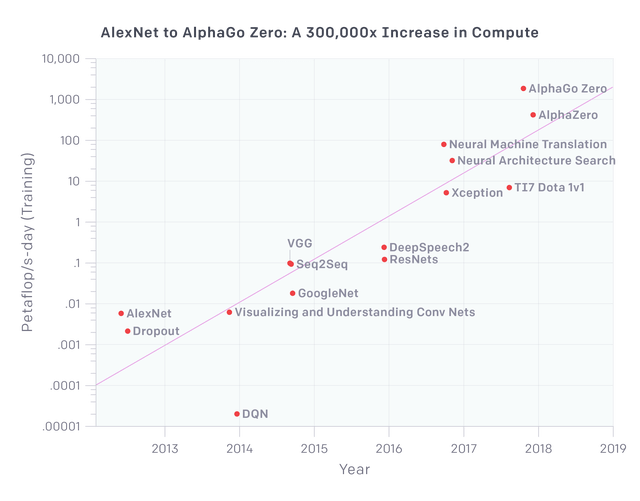Source: A Separate Kind of Intelligence | Edge, by Alison Gopnik
“Instead of trying to produce a program to simulate the adult mind, why not rather try to produce one which simulates the child?”
One of the consequences of that, which is not so obvious, is thinking about children not just as immature forms who learn and grow into an adult intelligence, but as a separate kind of intelligence
Life history is the developmental trajectory of a species: how long a childhood it has, how long it lives, how much parental investment there is, how many young it produces. … The strategy of producing just a few younger organisms, giving them a long period where they’re incapable of taking care of themselves, and then having a lot of resources dedicated to keeping them alive turns out to be a strategy that over and over again is associated with higher levels of intelligence. … It turns out to even be true for plants and for immune systems.
Creatures that have more complex immune systems also have this longer developmental trajectory. It looks as if there’s a general relationship between the very fact of childhood and the fact of intelligence. That might be informative if one of the things that we’re trying to do is create artificial intelligences or understand artificial intelligences. In neuroscience, you see this pattern of development where you start out with this very plastic system with lots of local connection, and then you have a tipping point where that turns into a system that has fewer connections but much stronger, more long-distance connections. It isn’t just a continuous process of development.
An interesting consequence of this picture of what intelligence is like is that many things that seem to be bugs in childhood turn out to be features. Literally and metaphorically, one of the things about children is that they’re noisy. They produce a lot of random variability. … That randomness, variability, and noise—things that we often think of as bugs—could be features from the perspective of this exploratory space. Things like executive function or frontal control, which we typically think of as being a feature of adult intelligence—our ability to do things like inhibit, do long-term planning, keep our impulses down, have attentional focus—are features from the exploit perspective, but they could be bugs from the perspective of just trying to get as much information as you possibly can about the world around you.
Being impulsive and acting on the world a lot are good ways of getting more data. They’re not very good ways of planning effectively on the world around you. This gives you a different picture about the kinds of things you should be looking for in intelligence.
